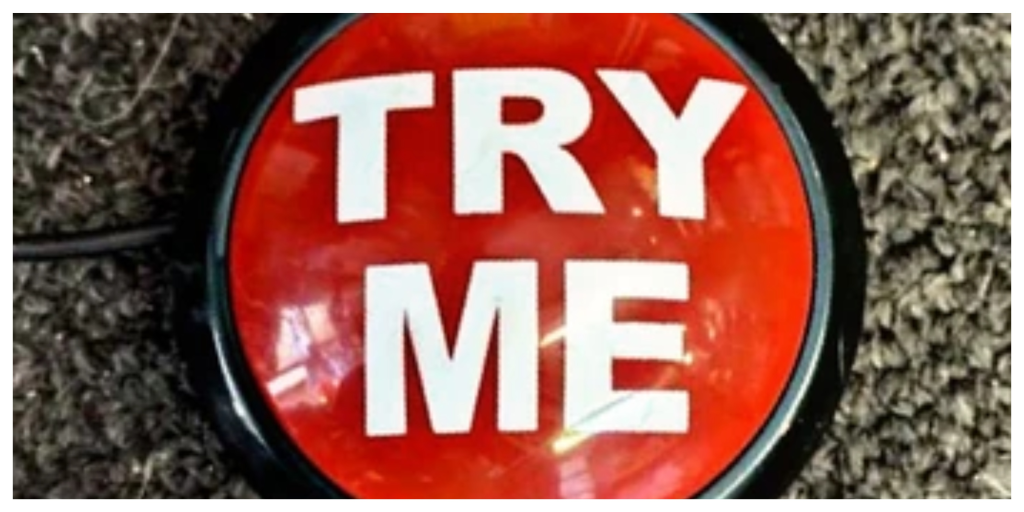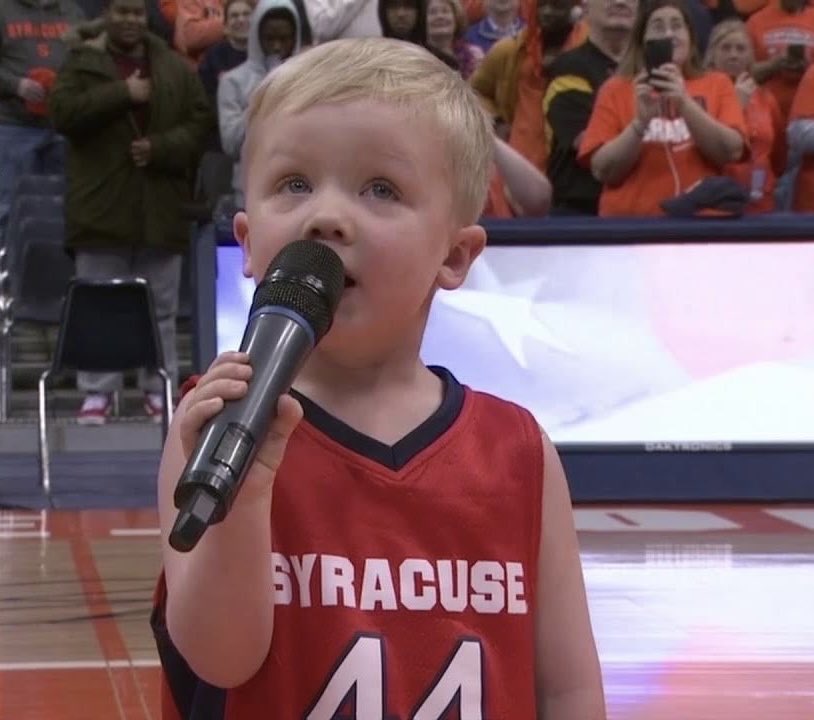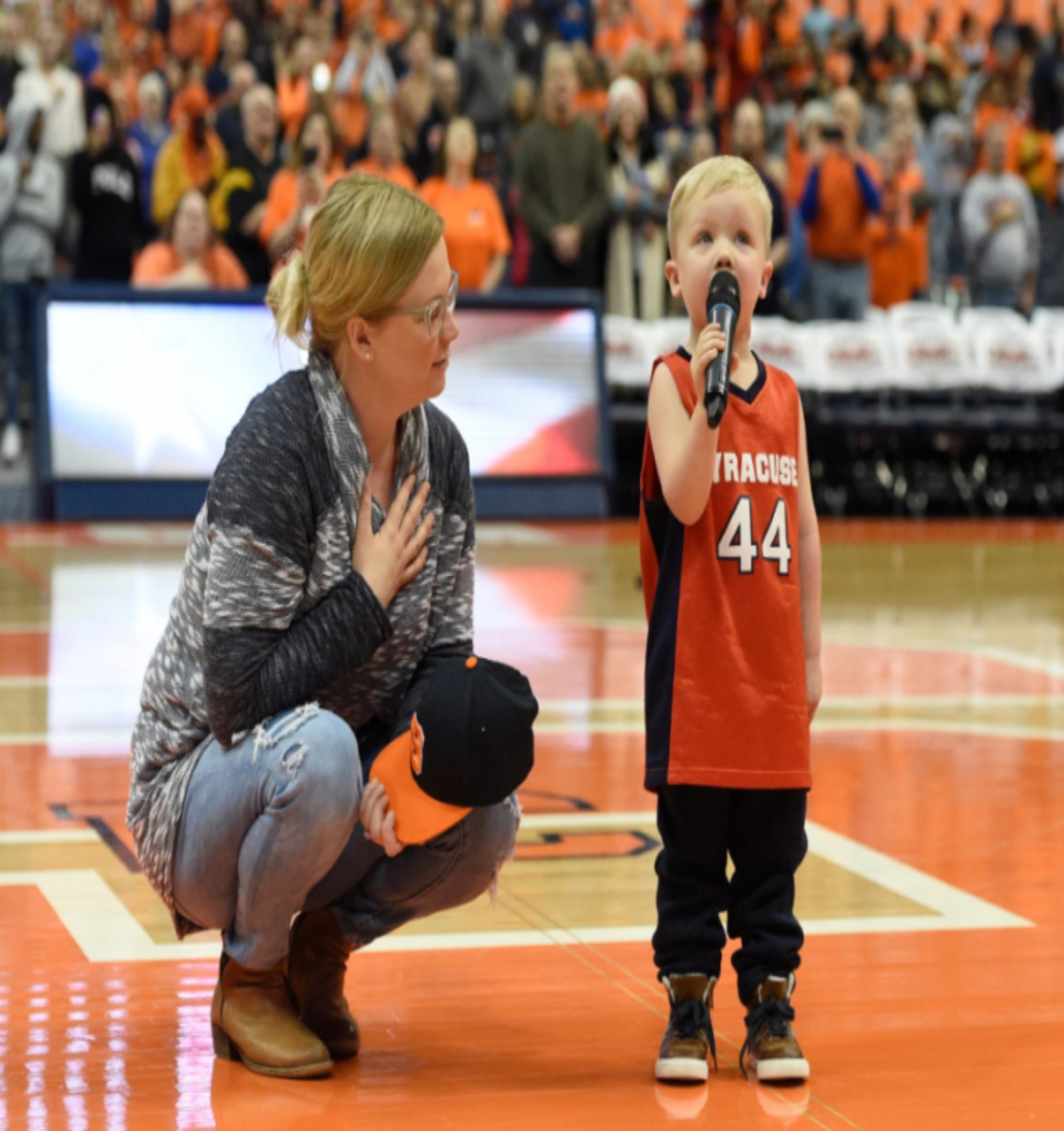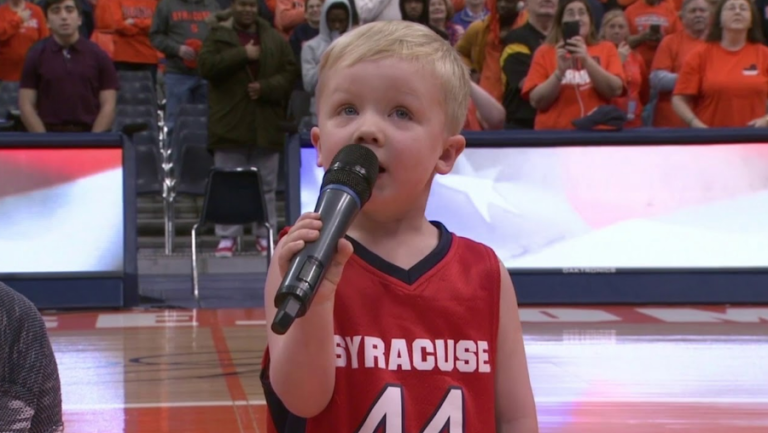
I miss my mom. I used to push all the buttons just as she would walk down the aisle, a mischievous glint in my eye. Each time we visited the grocery store, I’d dash ahead, my small fingers dancing over the colorful buttons of the self-checkout machine. With each beep, she’d turn around, half-laughing, half-exasperated. “You little rascal! One day, you’re going to break it!” she’d say, shaking her head, but her smile would give her away. Those moments were filled with laughter and light, the kind of memories that could brighten even the dullest days.
Since her passing, the grocery store has become a hollow place for me. I walk through, the automatic doors sliding open with a soft whoosh, and I feel the weight of the emptiness settle in my chest. The shelves filled with brightly packaged goods seem to mock my solitude. I can still hear her voice, echoing in my mind, reminding me to pick up my favorite snacks or to try a new recipe. I wander through the aisles, my heart heavy, searching for a piece of her in every corner.
I remember how she would linger by the produce, inspecting the apples with care, always choosing the shiniest ones. “The best things in life are worth taking a moment to choose,” she would say, her hands gently brushing over the fruit. Now, I find myself standing there, staring at the apples, unable to choose. They all seem dull and lifeless without her touch.
The self-checkout machines are still there, their buttons waiting to be pressed, but they feel like a cruel reminder of what I’ve lost. I can’t bring myself to push them anymore. The last time I stood in front of one, the memories flooded back. I could almost hear her laughter, feel her presence beside me. But it was just a memory, fleeting and painful.
Every week, I return to the store, hoping that somehow it will feel different, that I’ll find a way to connect with her again. But the aisles remain unchanged, their fluorescent lights buzzing overhead like a persistent reminder of my loneliness. I see other families laughing and chatting, and I feel like an outsider looking in on a world that no longer includes me.
One evening, as I walked past the cereal aisle, I spotted a box of her favorite brand. It was decorated with bright colors and cheerful characters, a stark contrast to the heaviness in my heart. I hesitated for a moment, then reached out and grabbed it, a sudden rush of nostalgia washing over me. I could almost see her standing beside me, her eyes twinkling with excitement. “Let’s get it! We can make our special breakfast tomorrow!”
With the box cradled in my arms, I made my way to the checkout. I felt a warmth spreading through me, the kind of warmth that comes from cherished memories. But as I stood there, scanning the items and watching the screen flash numbers, I realized that I was alone. The laughter we shared, the spontaneous dance parties in the kitchen, all of it felt like a distant dream.
When I got home, I placed the box on the kitchen counter, a bittersweet smile tugging at my lips. I thought about making pancakes, just like we used to, the kitchen filled with the scent of vanilla and maple syrup. I reached for my phone to call her, to share the news, but my heart sank as reality set in. There would be no more calls, no more laughter echoing through the house.
That night, I sat in the dark, the box of cereal beside me, feeling the weight of my grief settle in. I poured myself a bowl, the sound of the cereal hitting the milk breaking the silence. As I took the first bite, tears streamed down my cheeks. Each crunch reminded me of the moments we had shared, and I felt an ache in my chest for the warmth of her presence.
“I miss you, Mom,” I whispered into the stillness of the room. “I wish I could press all the buttons just one more time, hear you laugh, feel your hand in mine.”
But the buttons would remain untouched, just as the aisles of the grocery store would remain silent, a reflection of the emptiness I felt inside. And in that moment, I realized that while the world continued to move forward, I would always carry her with me, a bittersweet reminder of the love that once filled my life.
Three-year-old child sings the national anthem perfectly in front of 6,000 spectators…

In front of 6,000 onlookers, a charmingly intelligent three-year-old boy performs the National Anthem flawlessly.Even at the age of three, Drake Grillo was already displaying all the makings of an Eagle in the future.

The young vocalist, full of love and admiration, performed the National Anthem as he ascended the original Carrier Dome in Syracuse.He recently memorized the whole anthem.How lovely and astounding!Most kids struggle even at young ages to fully commit even basic concepts to memory.

Drake is a remarkable and unique youngster who struggles to sing in front of such a large crowd.Here’s how to bring up a youngster to succeed on social media several times.

The three-year-old has nothing to celebrate after performing the National Anthem in front of over 6,000 spectators at the Carrier Dome in Syracuse.Prepare yourself for the fantastical—Drake Grillo is a master entertainer.



Leave a Reply